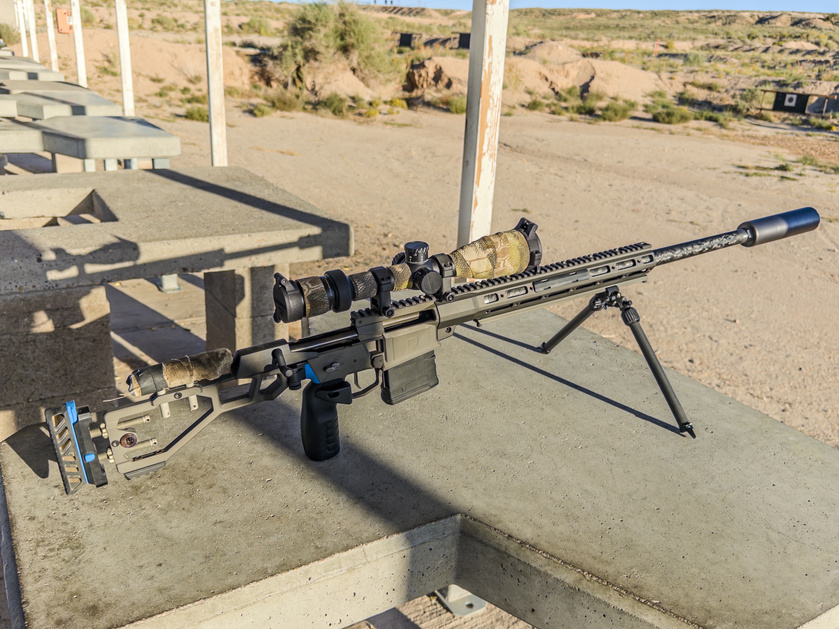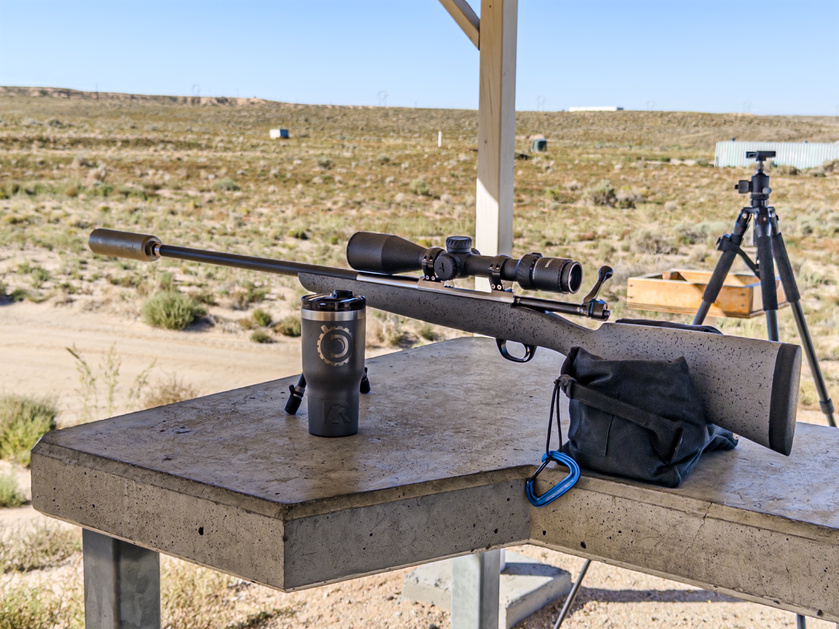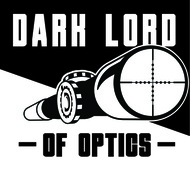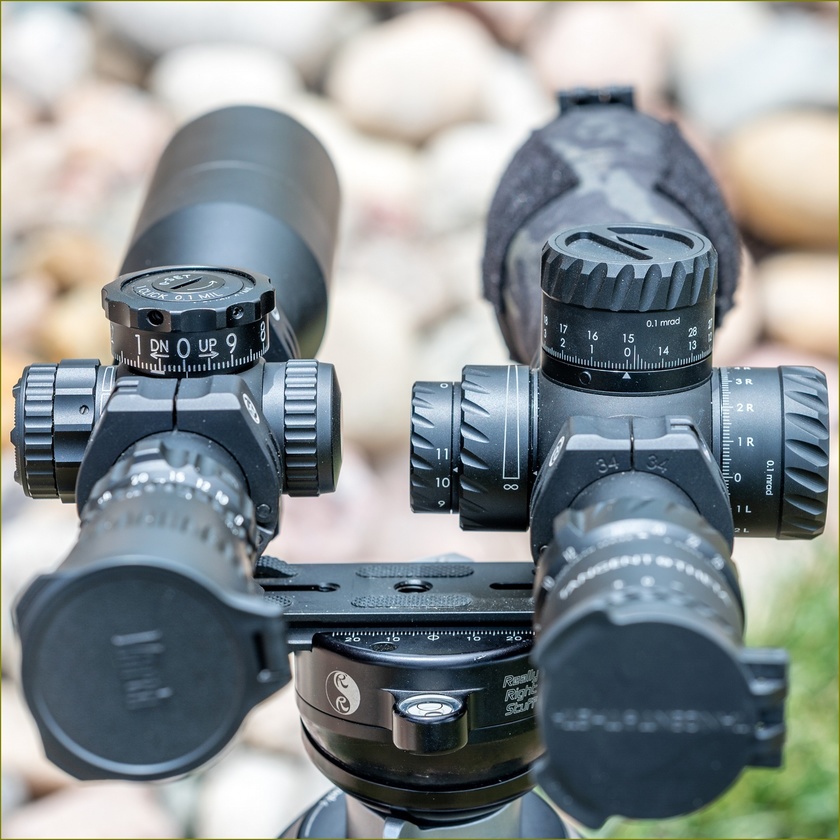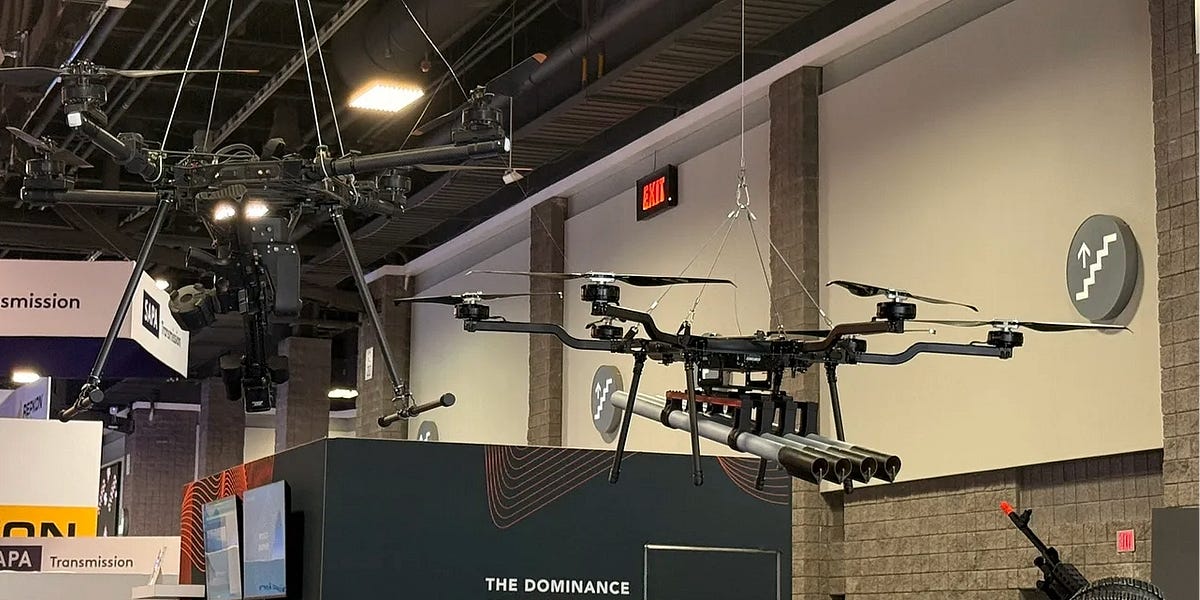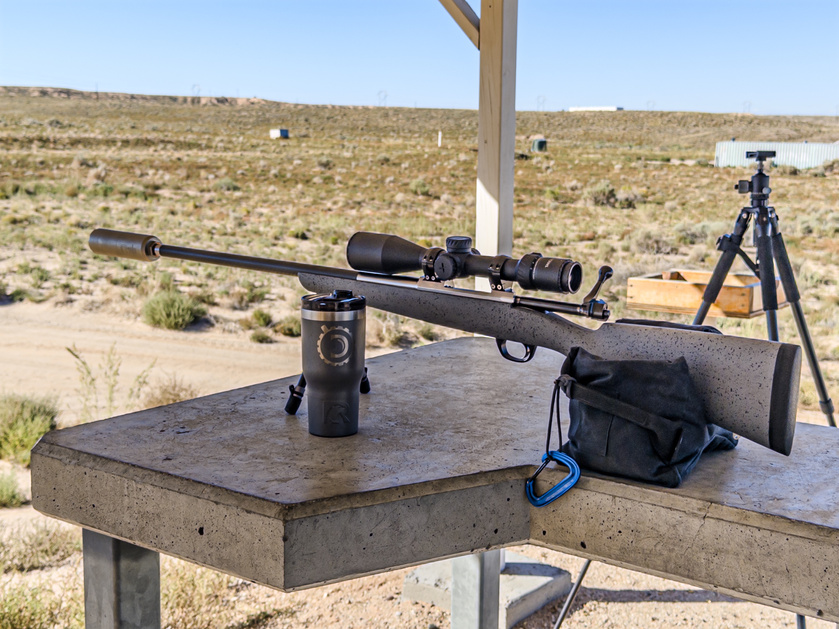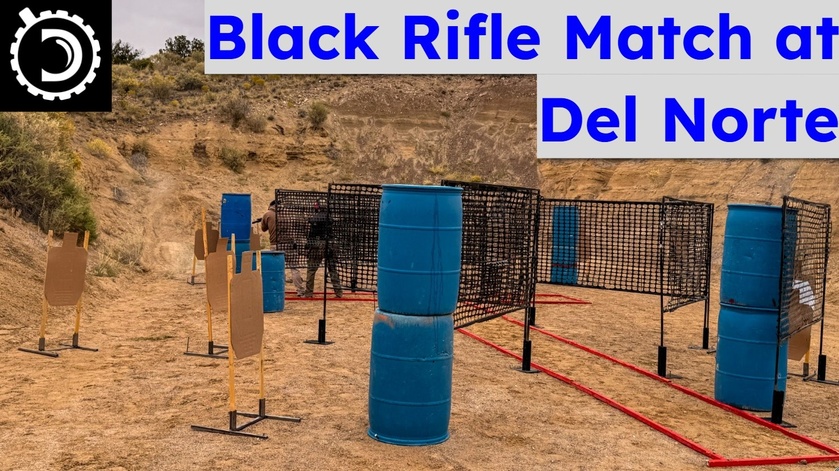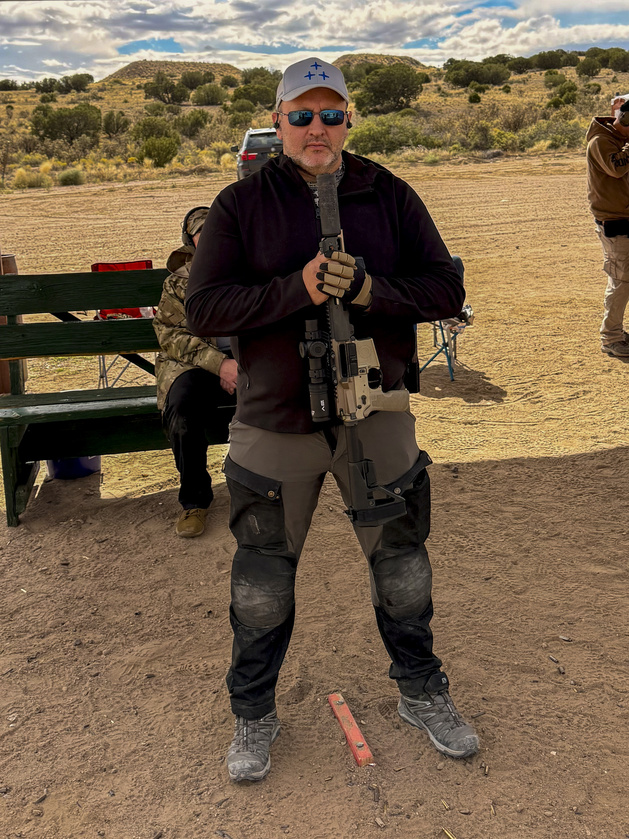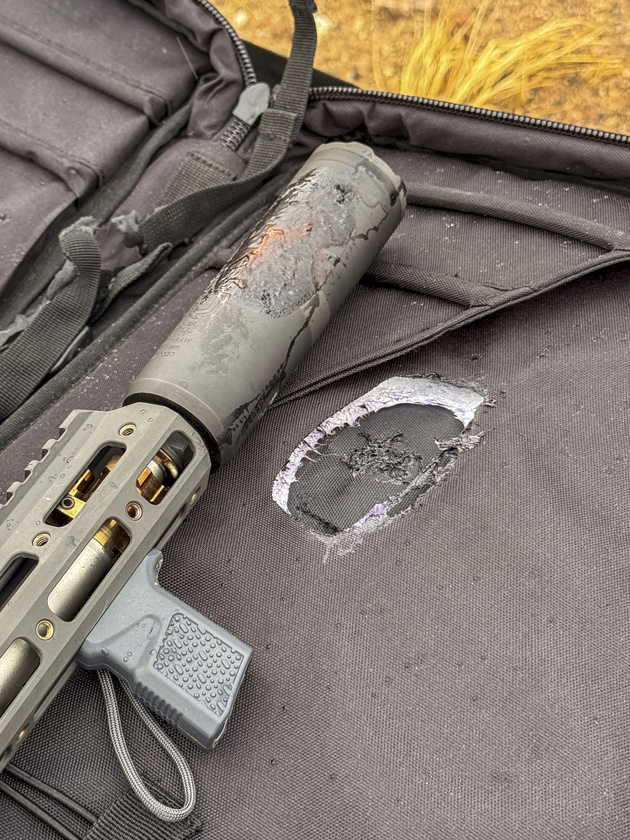March 4.5-28x52 High Master Review and Comparison to Tangent Theta 5-25x56 Page 2
TURRETS
This review does not cover the accuracy of each scope but covers the functionality – since any manufacturer is capable of producing a lemon it’s always a good idea to test your scope to ensure its mechanical accuracy.
Tangent Theta
I have never considered myself a turret purest, having had many other scopes by numerous manufacturers over the years I could never quite understand what the “fuss” was all about with regard to turret feel. My general rule is – can it get me where I want to go quickly? If the turret can do that and is repeatable then it is a win in my book. That being said, I have experienced some somewhat lackluster turrets that leave much to be desired, so I assume we all have a threshold we are willing to accept. All that being said, if turret feel is your game, then Tangent Theta owns it – very distinct, no play whatsoever and a nice clunk between each .1 mrad gives you a sense of confidence anytime you spin the elevation or windage. Keep in mind these are 15 mrad per rev, and sometimes the spacing can be too tight, but TT decided to give you something more akin to a Ferrari stick shift to grab onto – it is meaty and with a diameter that allows for refined spacing throughout the 15 mrad of travel for each rev. Another unique feature is the toolless zero, something else that is unmatched in the industry. Have you ever found yourself at the range and forgot that tiny little hex wrench? What usually follows is #@&^%#$. With the Tangent you simply use your fingers to loosen the top plate of either elevation or windage and then you pull up slightly and spin to wherever zero is, push back down and tighten the top plate, that’s it, no hex wrenches needed. The Zero stop is always .5 mrad under 0 so this is automatically set wherever you set zero. Something I wish every manufacturer would introduce and if you don’t have that feature then do what Kahles did and stick a magnetic hex wrench inside the illumination battery cover so you have easy access in the field. My one and only complaint is that for such a massive turret housing, TT opted to put little tiny numbers, for young eyes this may not be a big deal, but ZCO got this one right with their large numbers and bold lines, something I wish TT and others would offer.
March FFP High Master turrets
Having reviewed the March 5-42x56 HM last year I fell in love with those turrets, not just for their unique locking mechanism but for the superb feel that is one of the closest to Tangent Theta I have felt to date. I was really hoping that March was going to offer the same locking turrets on the new 4.5-28x52 but unfortunately that is not the case (currently). That being said, these are still nice turrets with very little play and nice clicks. One unique thing March has done is offer a cleverly designed turret shroud that has a larger diameter and larger numbering than the turret on the scope itself, not only are the numbers easier to read, but the larger diameter is almost TT size giving a better feel to the turret in general. Another clever feature that March has had for a number of years is the 0-Set (or Zero Stop) which is “almost” toolless – if you have a coin or a key in your pocket you should be able to turn the 0-Set to define your zero stop after you have reset zero which does take a 1.5mm hex key. While it’s not toolless, and it’s not like Kahles with the key hidden in the illumination cover, March does give you a little key chain sized hex tool that doesn’t take up too much room on the key chain. The windage does come capped; however, it does have a nice feel so those who prefer to dial for wind can simply remove the cover to have a nice exposed windage turret that is still big enough to grab and spin even if gloved.
Turret Mechanical Assessment criteria (rating 1-10 with 1 being worst and 10 being best):
Turret Click Spacing – Advantage March: March – 10 | Tangent Theta – 9
This is more or less a personal preference, but my hand feels better with wider spacing. Tangent Theta is the best I have felt from a 15 mil per rev turret while the Nightforce has one of the best 12 mil turrets in the ATACR series and the Schmidt DT II+ aligns with the ATACR as some of the best 120 click per rev turrets, but the March with it’s 10 mrad per rev spacing is still very good indeed.
Turret Click Feel – Advantage Tangent Theta: March – 8 | Tangent Theta – 10
This can be very subjective, but I am drawn to more distinct click sounds with very little play between marks, the Tangent has very distinct clicks with no play, the March is less distinct but also has no discernible play.
Turret Alignment – Advantage Tangent Theta: March – 7 | Tangent Theta – 10
Both Tangent Theta and March turrets aligned perfectly through my testing running the turret out to the extreme and back. Because of March’s translatable design, it does rise pretty high above the center mark which gives a slight perception you are off mark if your eye is not perfectly centered, but with the larger turret shroud may be even more difficult for some to verify alignment. I much prefer the non-translatable design of the Tangent Theta.
Turret Reset Zero and Zero Stop – Advantage Tangent Theta: March – 7 | Tangent Theta – 10
In order to reset zero on the March you have to loosen the side hex bolts on the turret housing, then spin the turret to align zero and re-tighten, this is typical of most long range scopes today and is only bested by the toolless design of the Tangent Theta turrets. March offers the coin/key adjustable zero stop mechanism; however, some may find an issue as this feature does not always stop below zero at the same spot – depending on how much effort you give it you may stop short or overtravel from where you intended to set the actual stop. Tangent is always fixed at .5 mrad below zero and that is something you can count on every single time which has its advantages for night shooters and those who prefer to count up after hitting the stop vs. visual recognition.
Turret Locking Mechanism – Tie: March – NA | Tangent Theta – NA
Neither of these scopes offer a locking mechanism so I am not going to rank them for that. The March does offer a capped windage which some shooters prefer. No one who owns a Tangent has ever said it has been bumped out of position in competition, YMMV.
Total Travel Adjustment – Advantage March: March – 9 | Tangent Theta – 8
March offers a total of 30 mrad of elevation travel while Tangent has 28mrad. On the windage side the March offers over double that of the TT with 20 mrad of travel vs. Tangent’s 6 mrad.
Overall Turret Mechanical Assessment – Advantage Tangent Theta: March – 41 | Tangent Theta – 47 (50 points possible)
No surprise here, the Tangent Theta is simply the best of the best with regard to feel and function. March has a slight advantage with a bit more travel and the larger numbers on the dial. Does the March provide a Theta like experience, no it does not, but take Tangent Theta out of the picture and the March turrets are well equipped against the rest of the competition.
MECHANICAL ASSESSMENT OF MOVING PARTS
Besides the turrets you have other moving parts on a scope: the magnification ring, the parallax adjustment and an illumination module, which all require some type of adjustment. Sometimes manufacturers make the resistance too tough or too light. These parts are evaluated based on “resistance” which allows them to turn freely with two fingers, but not so loose that they could get bumped out of position accidentally.
Mag Ring, Parallax, Diopter and Illumination Mechanical Assessment criteria (rating 1-10 with 1 being worst and 10 being best):
Magnification Ring Movement – Advantage Tangent Theta: March – 7 | Tangent Theta – 8
The Tangent Theta has had a history of fairly tight magnification resistance and for which some prefer to use a throw lever, the mag ring on my copy (manufactured in 2020) is not nearly that bad and I do not feel it necessitates a throw lever, yes, the resistance is a bit more than I’d like but does not require a pipe wrench to operate. The March has slightly more resistance than the Tangent and the March provides a throw lever right from the factory should you decide you need one, the throw lever is a plastic attachment but looks like it will hold up to some abuse so no complaints there. Of note is that the Tangent Theta increases magnification in a CCW direction while the March is the opposite in the CW direction.
Parallax knob Movement – Advantage March: March – 9 | Tangent Theta – 8
The parallax on the Tangent has more resistance than the magnification and takes some force to turn, I would not say the force is too much, but rather more than I would prefer. The resistance on the March is softer than the magnification and more in line with what I would like for both – sufficient resistance to avoid accidental bumps but allows for easy setting with two fingers.
Parallax Adjustment – Advantage Tangent Theta: March – 8 | Tangent Theta – 10
Neither Tangent Theta nor March has distance numbers marked, both have a symbol indicating smaller to larger. Tangent Theta has more forgiving parallax when transitioning between objects both far and near while the March held its own throughout the range but not quite as forgiving as Tangent. One must be aware that parallax correction does not always equate to an in-focus image so time was taken to ensure parallax was correctly adjusted for.
Diopter Adjustment – Tie: March – 9 | Tangent Theta – 9
Both the March and Tangent Theta offer a “fast focus” diopter allowing for quicker adjustments, both also offer a threaded locking ring to help keep the adjustment from moving after being set. The knurling on TT’s lock lever is thin and aggressive which cut into my fingers a bit more. Resistance on both was ideal.
Illumination Dial – Advantage Tangent Theta: March – 8 | Tangent Theta – 10
March is using a rubber cover over a push button for on/off functionality with numbers 1-6 on the side of the dial, due to being on the side it can be difficult to turn especially if wearing gloves. March also has an automatic shutoff after one hour from being turned on which will help save battery (I have often left illumination on and forgot to turn off only to find my next outing there is a dead battery). Tangent Theta uses a dial with on/off positions as you rotate from lowest to highest power settings, there is definitely more real estate to grab and turn on the TT which gives it an advantage.
Overall Mag Ring, Parallax, Diopter and Illumination Mechanical Assessment – Advantage Tangent Theta: March – 41 | Tangent Theta – 45 (50 points possible)
Both the Tangent Theta and March have very good design with slightly different functionality, each have areas of improvement while being more than capable in the field. In the end Tangent Theta has the edge.
